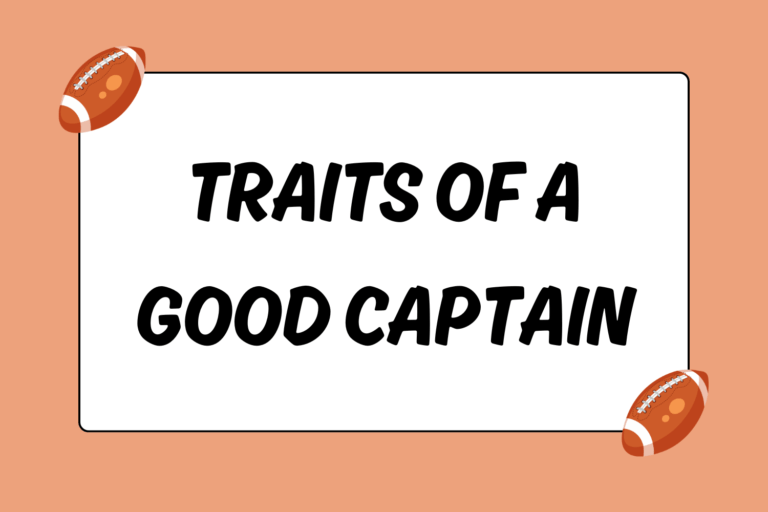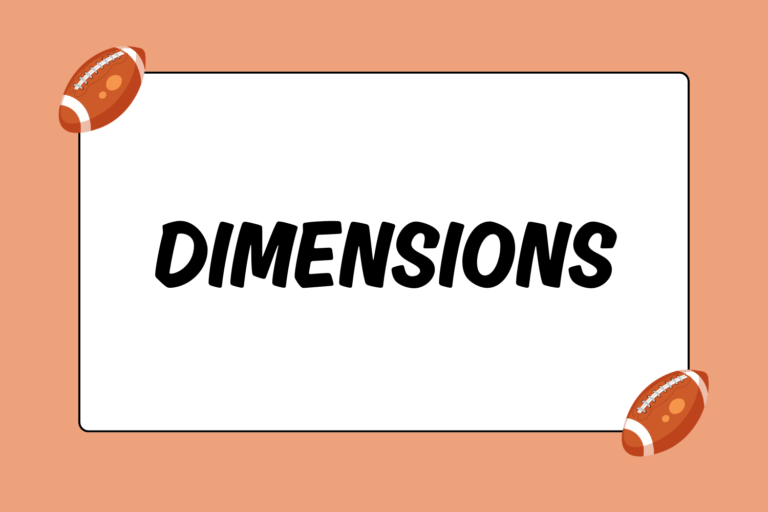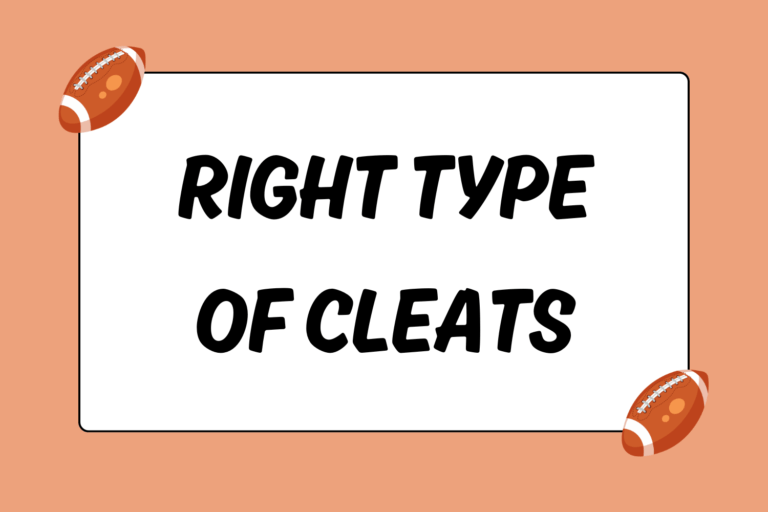It’s the stuff of movies: fourth quarter, little less than two minutes remaining on the clock, and the home team is down by four. They have two timeouts left, the ball is on the 27-yard line, and it’s first and 10 with the game and season on the line. Either the home team drives the length of the field and scores a touchdown, or it’s all over.
Moments like these are a big part of what makes football so great; the epic race to the finish after a long and grueling battle. And although these kinds of climactic endings can be won on sheer determination and grit, there are strategic elements that both sides can employ to increase the odds of coming away the victor. For the offense, this situation-specific strategy is commonly referred to as the , named such for two reasons:
- It commonly appears when there are approximately two minutes left in the half or game.
- It’s an important enough element that most teams devote a chunk of practice time specifically to working on the strategy used during such situations; it’s treated as another type of practice drill, in other words.
This guide identifies the most important elements of a functional two-minute drill strategy.
The Purpose of the Two-Minute Drill
From the offensive perspective, the overall goal of any strategic element is to make it easier to score points. However, under the unique circumstances that the two-minute drill is built from — namely the small amount of time left on the clock, and the fact that the offense is losing — a few other elements come into play that aren’t as important earlier in the game.
The two most important elements in the two-minute drill are:
- Controlling the game clock and conserving time.
- Choosing plays that are relatively safe, both in terms of the time they will consume and their chances of gaining positive yards.
Below is an in-depth look at how those two elements provide structure to the two-minute drill.
Controlling the Clock
The game clock is an interesting part of football strategy. Essentially, the game clock is on the side of whichever team is winning at that moment. For the offensive team during a two-minute drill, the game clock becomes another adversary. However, the offense does have a limited ability to control the game clock; properly managing the remaining time is crucial to running a successful two-minute drill.
There are several different ways the offense can control the game clock:
Switching to a No-huddle Offense
Instead of gathering in a huddle before the QB relays the play to the rest of the offense, teams will commonly switch to a no-huddle approach when running a two-minute drill. A handful of plays are selected before the game to be run from a no-huddle approach, and each of those plays is assigned a code word or series of code words.
After the end of one play, the offensive players will immediately line up in a pre-determined formation (decided in practice sessions), and the QB will call a play from the line of scrimmage by shouting one of the predetermined code words. This cuts down on the time it takes to transition from the huddle to the offensive formation.
Calling Specific Types of Plays
The best types of plays during a two-minute drill are generally short to mid-range pass routes that take most of the receivers close to the sidelines. That way, once they catch the ball, the receivers have the option to quickly step out of bounds, which stops the game clock until the next play starts. Of course, a good defense will be ready for this strategy, so such pass routes won’t always be available.
Sacrificing a Down to Stop the Clock
Unless the ball carrier scores or goes out of bounds, the QB throws an incomplete pass, or a penalty occurs, the game clock doesn’t stop when the ball carrier gets tackled. Occasionally it becomes necessary for the offense to give up a down to stop the clock; after a play where the game clock continues to run, the offense will quickly line up and snap the ball to the QB, who quickly spikes it to stop the clock. Although spiking the ball does count as an incomplete pass and burns a down, sometimes this is a sacrifice worth making.
There are other ways of manipulating the game clock, but these are the most common and they form the basis for most teams’ two-minute drill strategy.
Using a Specialized Attack
Though the emphasis of the two-minute drill is on controlling the clock, the overall goal on offense is always to advance the ball and score points. It doesn’t matter how good a team is at conserving time if it can’t gain positive yards. Regarding the run/pass ratio, teams will mostly call pass plays during a two-minute drill; although running plays are safer in terms of maintaining possession of the ball, pass plays have two advantages that are especially valuable in two-minute drill situations:
- If successful, pass plays gain more yards, more quickly, than run plays.
- If unsuccessful, an incomplete pass stops the game clock.
Of course, there are exceptions to these advantages. The QB could complete a pass that actually results in the offense losing yards rather than gaining them, or the pass could be intercepted. It’s all part of the risk inherent in a two-minute drill offense — the alternative to which is essentially a guaranteed loss, so it becomes acceptable.
Some other factors involved in structuring a two-minute drill play-calling strategy include:
- Number of timeouts remaining: Timeouts are a valuable commodity near the end of a game, as they allow for a little bit more flexibility with calling plays. For example, if the offense has run several pass plays that send receivers near the sideline, they could try a play that sends a receiver a bit deeper downfield, but in the middle of the field instead of close to a sideline. If the receiver catches the ball, the offense could use a timeout so they don’t lose time in regrouping where the catch was made.
- Number of points needed: Does the offense need to score a touchdown, or just kick a field goal? The difference, of course, is that field goals can be kicked approximately 30 yards outside of the endzone, making them easier to pull off.
- How the defense is reacting: It would be unlikely, but if the defense responds to the two-minute drill strategy by using the same formation several times, it would be very easy to exploit that tendency.
These are just a few of the countless factors that teams add into formulating their two-minute drill strategy.
Practice Makes Perfect
In the end, successfully running a two-minute drill requires a combination of strategy, luck, and timing. Again, the term ‘two-minute drill’ comes from the fact that teams dedicate training time specifically to this situation, and concoct a separate offensive strategy especially for it. The more familiar a team is with its two-minute drill strategy, the easier it will be for the players to properly do their jobs at the end of such a hard-fought battle.





